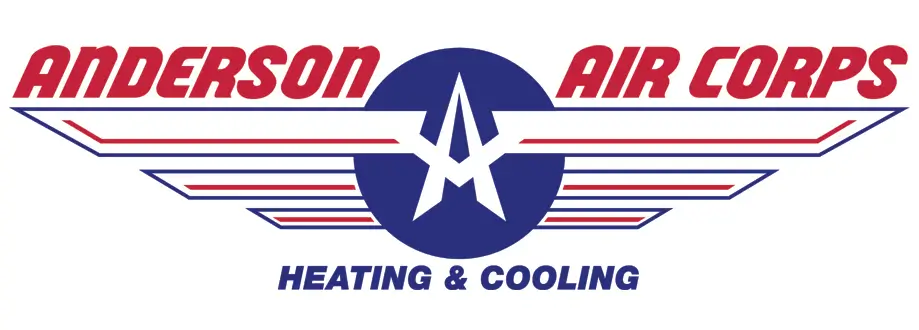When it comes to HVAC installation, system sizing is one of the most overlooked yet crucial steps in ensuring comfort and efficiency. Many homeowners assume that a larger system automatically performs better, but in reality, both oversized and undersized units lead to higher costs, poor performance, and reduced lifespan. In Albuquerque’s unique desert climate, where temperature swings are common, proper HVAC system sizing can make all the difference in maintaining year-round comfort and energy savings.
Jump To:
TLDR: Quick Guide
- Correct HVAC Albuquerque system sizing ensures your home maintains even temperature and optimal humidity control.
- Oversized units cause frequent cycling and wasted energy, while undersized ones struggle to keep up.
- Professionals use precise load calculations (Manual J) to tailor the system to your home’s size, layout, and insulation.
- Proper sizing enhances efficiency, comfort, and long-term savings.
How HVAC System Sizing Works
HVAC sizing begins with understanding a property’s heating and cooling load—the amount of energy required to maintain a comfortable temperature indoors. Technicians consider factors like square footage, ceiling height, insulation quality, sun exposure, and even the number of occupants. Advanced load calculation software (based on ACCA’s Manual J standards) is used to determine the perfect balance between system capacity and real-world performance.
Without these calculations, installers often rely on rough estimates, leading to inefficient systems that cost more to run and repair.
The Impact of Oversized Systems
It’s a common misconception that “bigger is better.” Oversized HVAC systems may cool or heat your home quickly but fail to dehumidify the air properly. This results in clammy, uncomfortable indoor environments and unnecessary wear on components due to frequent start-stop cycles.
Additionally, these systems tend to have shorter lifespans and higher utility bills. Each time the compressor cycles on, it consumes extra power, reducing overall efficiency and increasing maintenance needs.
The Problem with Undersized Systems
On the flip side, an undersized system constantly runs to meet your temperature needs, putting stress on the motor and compressor. This not only drives up energy bills but also leads to early equipment failure.
Homes with insufficiently sized units often experience uneven temperatures, poor air circulation, and an inability to maintain comfort during extreme heat or cold spells—common challenges in Albuquerque’s high desert climate.
The Benefits of Proper Sizing
A correctly sized HVAC Albuquerque system ensures consistent comfort across every room in your home. You’ll experience balanced humidity, quieter operation, and stable indoor air quality. Energy efficiency improves dramatically, leading to noticeable savings on monthly utility costs.
In addition, properly sized systems last longer because they operate within their designed performance range. The right capacity reduces wear, extends component life, and lowers your overall cost of ownership.
How to Ensure Your System Is Sized Correctly
- Hire a certified HVAC professional – Always work with experts who perform Manual J load calculations.
- Request a detailed sizing report – Don’t settle for estimates based on square footage alone.
- Consider Albuquerque’s unique climate – Temperature swings and altitude affect air density and system performance.
- Review insulation and window quality – These factors greatly impact energy retention and load requirements.
- Regular maintenance – Even a perfectly sized system needs tune-ups to maintain performance and efficiency.
Key Takeaways
- Proper HVAC sizing ensures consistent comfort, efficiency, and longevity.
- Oversized or undersized systems waste energy and reduce equipment life.
- Accurate load calculations are non-negotiable for the Albuquerque climate.
- Professional assessment is essential for long-term comfort and cost savings.
- Investing in proper sizing saves you from expensive retrofits or replacements later.
FAQs
How do HVAC professionals determine the right system size?
They use load calculation methods such as the ACCA Manual J to assess factors like square footage, insulation, and window placement. These data points help determine the exact heating and cooling capacity your home requires. This approach ensures optimal efficiency and comfort throughout the year.
What happens if my HVAC system is too large for my home?
An oversized system will short-cycle—turning on and off frequently—which wastes energy and increases wear on components. It may cool quickly but fail to remove humidity properly, resulting in uncomfortable indoor air. Over time, this inefficiency leads to higher bills and premature system breakdown.
Can I rely on online HVAC sizing calculators?
Online calculators provide rough estimates but often overlook crucial local and environmental factors. Albuquerque’s elevation and dry climate affect system performance, making professional assessments more accurate. Always consult a certified technician for reliable sizing results.
How does proper system sizing affect indoor air quality?
A correctly sized HVAC system maintains steady airflow and proper humidity control. This reduces dust buildup, mold growth, and airborne allergens. Consistent circulation also improves overall air freshness and comfort.
How often should I reevaluate my HVAC system size?
You should reassess your system’s sizing if you renovate your home, add new rooms, or upgrade insulation. Even small structural changes can alter heating and cooling demands. Regular professional inspections help ensure your system still meets your property’s needs efficiently.
